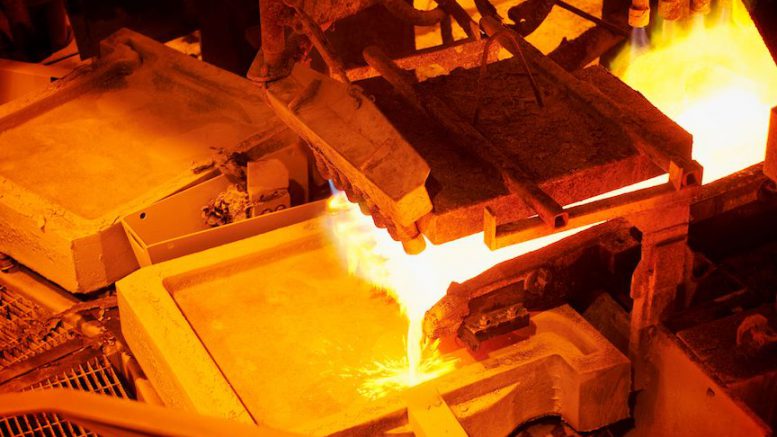The latest reports from S&P Global Commodity Insights confirm an overall downward trend, with the market intelligence firm’s Pipeline Activity Index (PAI) falling to a 20-month low in August.
In its State of the Market Q2 report, S&P said the downtrend has been roughly correlated with a steady downtrend in mining equities since March.
“We anticipate exploration activity levels to continue cooling into the December quarter,” S&P’s Metals & Mining Research team wrote in the report.
S&P expects the metals and mining industry — from exploration to market movements — will remain volatile as the sector adapts to a changing global macroeconomic and geopolitical environment.
In the first few weeks of the September quarter, market sentiment turned slightly positive on news of monetary stimulus to help China’s ailing economy and a modest cooling of the U.S. inflation rate. The respite was fleeting, however, as heat waves in China and threats to supply for the upcoming winter in Europe revived the energy crisis.
“Downside risks to capital market conditions for commodities, as with many sectors, are expected to remain until concerns over high inflation abate, which will in turn boost, or at least steady, the macroeconomic outlooks,” said S&P.
Early in the September quarter, weakening prices have had only a modest impact on the exploration sector, with S&P’s monthly reports showing muted exploration metrics.
As for the June quarter, S&P’s analysis found exploration activity remained at historically high levels, although most of the key metrics declined slightly quarter over quarter.
The PAI remained robust, supported by increased base metals PAI and sustained strength in initial resource announcements and positive project milestones.

“Platinum group metals, nickel and specialty commodity projects led increases in numbers of holes and projects drilled — indicating a shift in emphasis to minerals critical to the global energy transition,” according to S&P.
Exploration drilling remained historically elevated during the quarter, although the number of projects reporting drill results fell 7% from the previous quarter’s record high. Initial resource announcements and positive milestones each totalled 19 — the former unchanged and the latter up seven from the March quarter.
Overall, this resulted in the PAI slipping quarter over quarter to 125 from 129.
Weakening metrics
While drilling and market caps showed a noticeable pull-back, initial resource announcements remained strong, and project milestones increased, S&P says.
Drill results meeting significant thresholds were down 7% after registering the best quarterly results in the March quarter since records began in 2008. Results from base/other metals projects bucked the quarterly trend again, increasing 5% to 270, while significant results from gold-focused drill projects fell 13% to 411.
Compared with the June quarter of 2021, gold and base/other metals drilling were higher individually and up 12% combined.
As a result of historically elevated financing and drilling activity, S&P continues to track strength in the number of initial resource announcements. Nineteen new deposits were registered in the June quarter, matching the March quarter. Projects advancing toward production (as measured by announcements of positive milestones) jumped to an impressive 19 from 12, reversing a two-quarter declining trend. The gain came from base/other metals milestones, which increased to 13 from four in the March quarter — the highest since the fourth quarter of 2013.
Positive gold project milestones, however, continued to decrease, dropping from eight to six.
Significant metals and mining financings rebounded slightly in the June quarter after falling sharply in the previous period. While the total of US$2.7 billion is significantly below the financing levels registered in late 2020 and early 2021, it is still well above the historical trend, according to S&P.
The collective market value of the industry’s listed companies, based on 2,402 firms, fell sharply quarter over quarter, dropping 23% to US$1.99 trillion. This was the most significant quarterly decline in dollar terms since the September 2008 quarter, during the financial crisis, says S&P.


Be the first to comment on "S&P flags cooling exploration activity as market volatility bites"